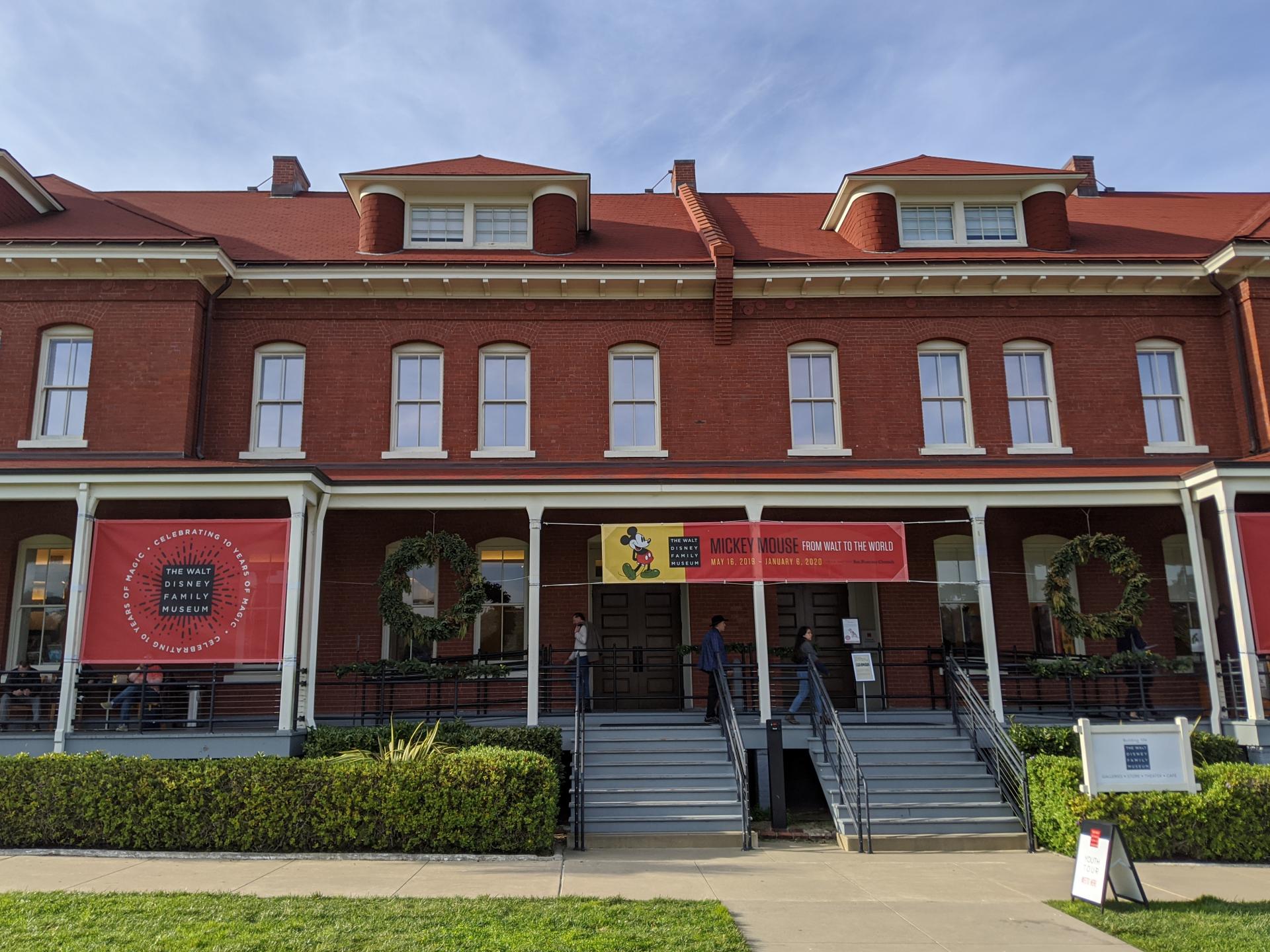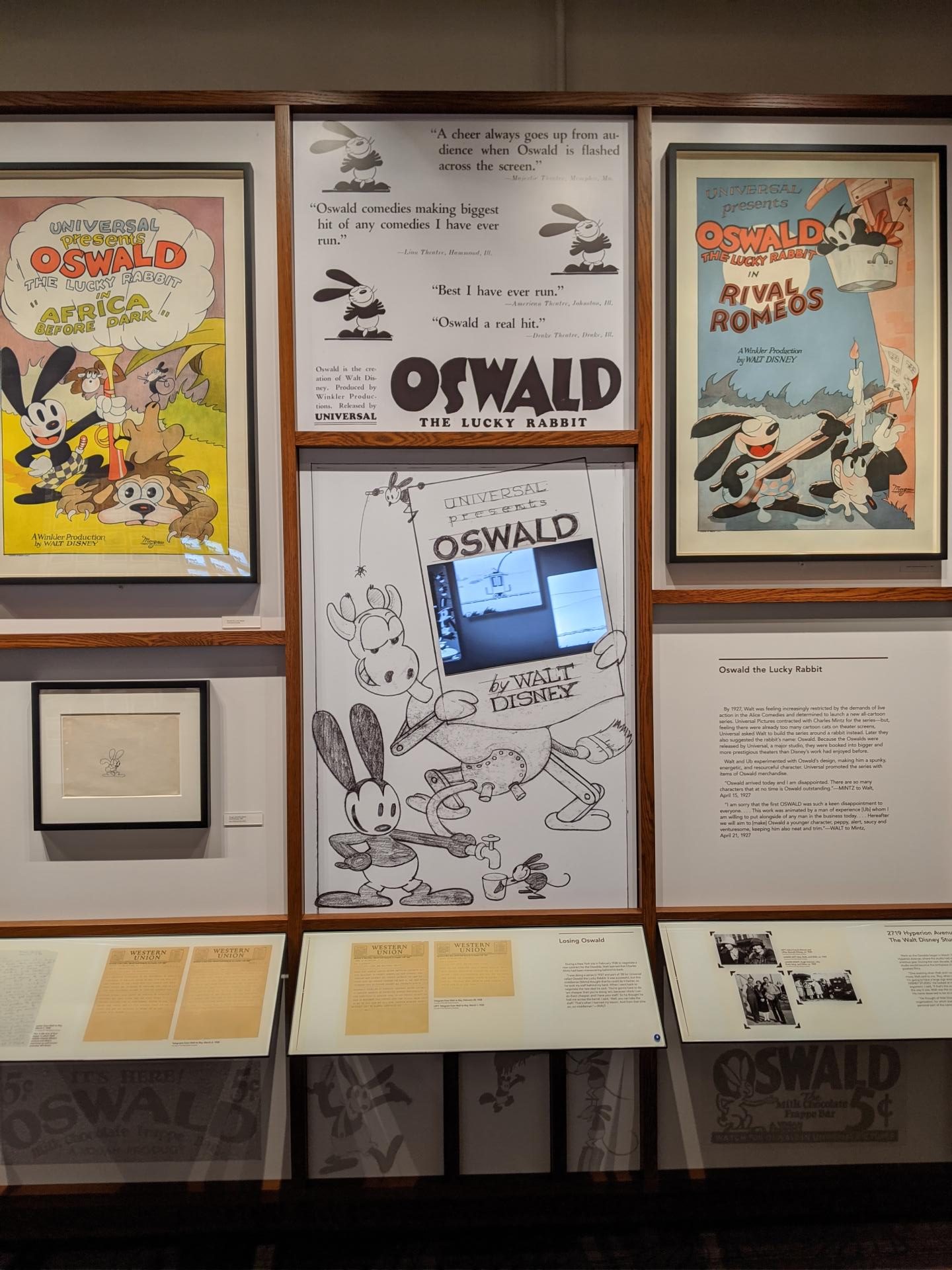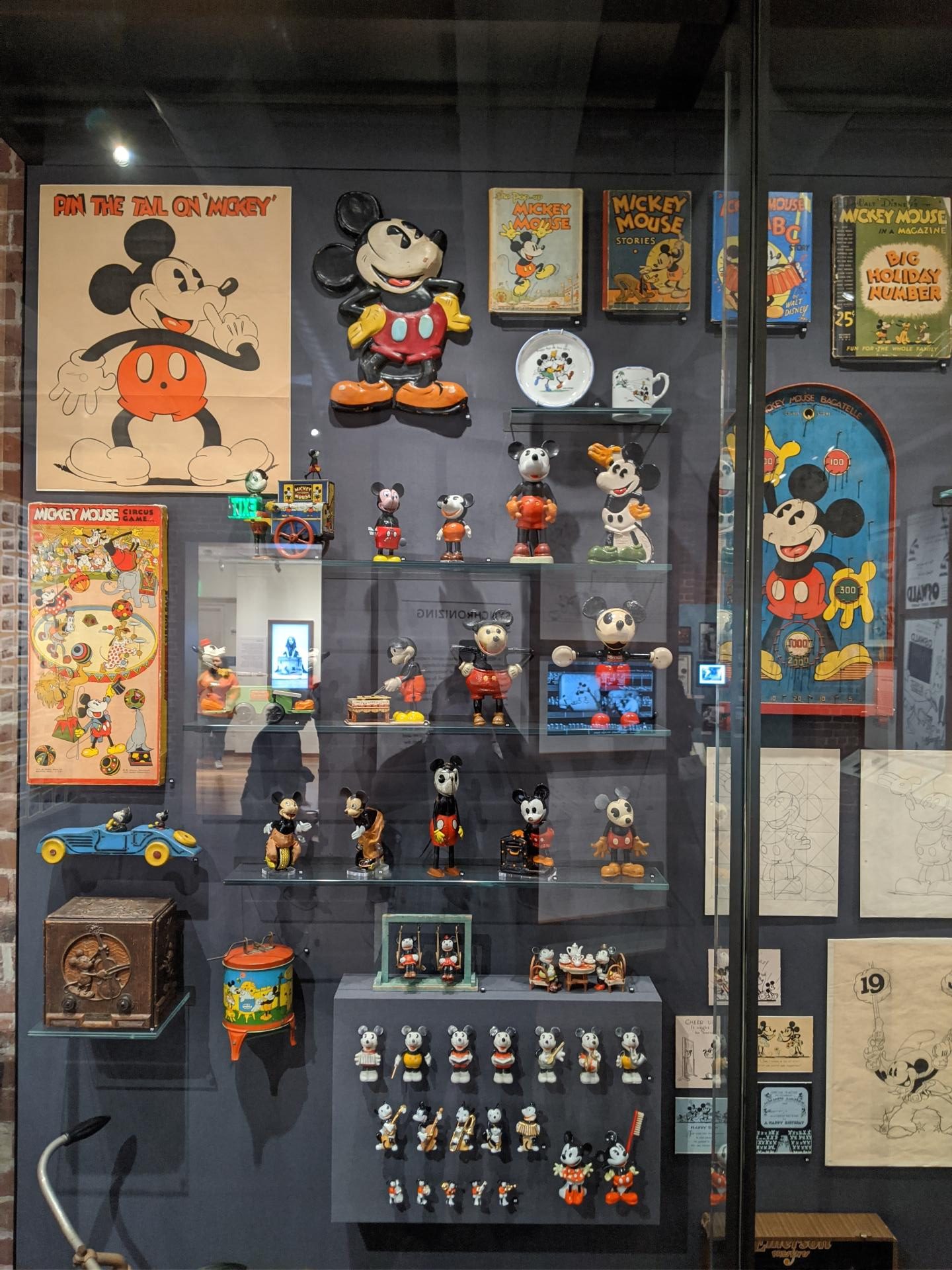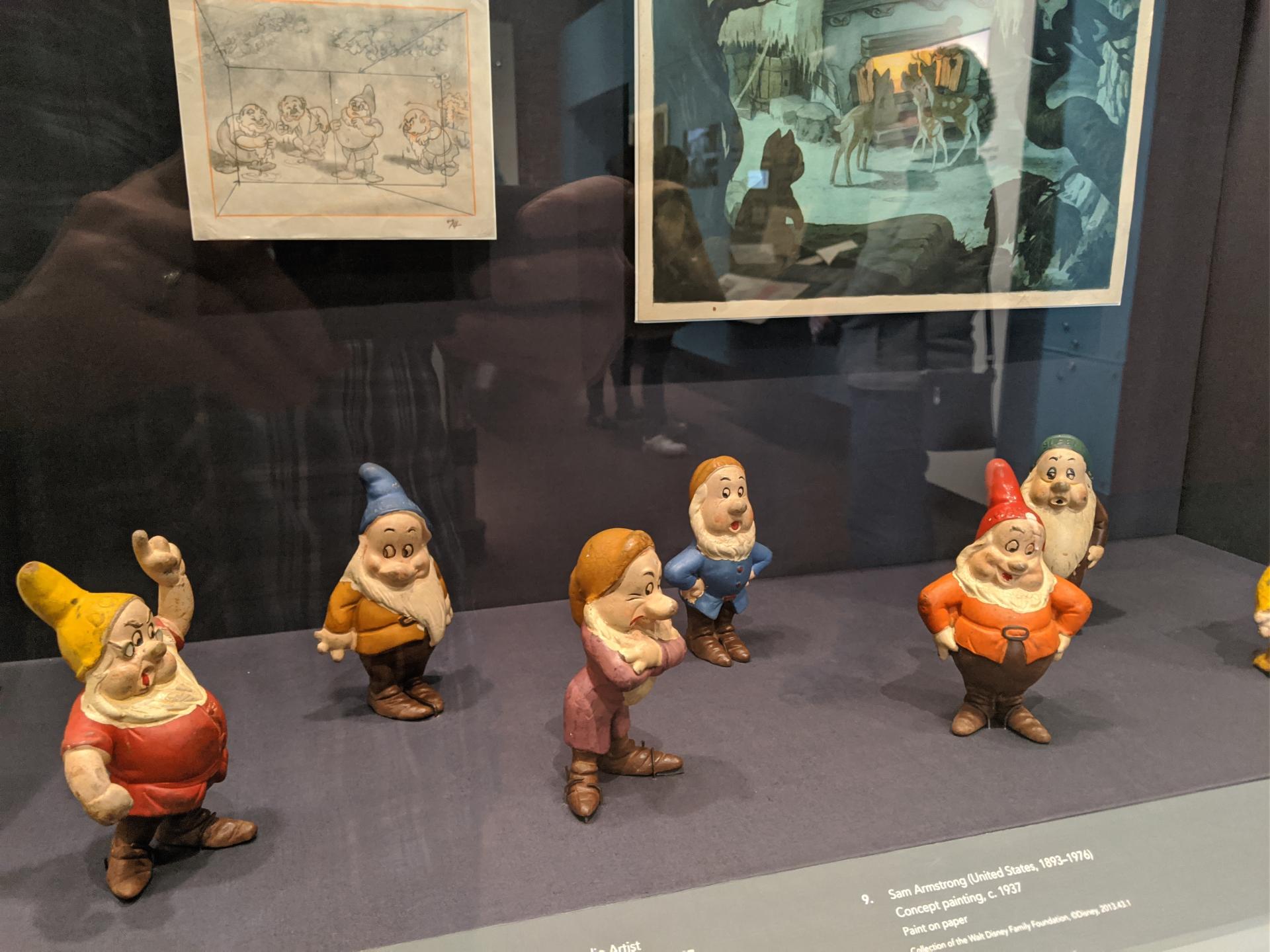Lessons from Walt Disney
On a sunny day, my family and I went up to San Francisco to visit the Walt Disney Museum. The museum is located in the beautiful Presidio near the Golden Gate Bridge. I simply hoped to enjoy a nice day out of the house, maybe something the kids would like—I didn’t expect to be inspired from Walt Disney the entrepreneur.

Walt Disney Museum, San Francisco
I’m always been impressed with Disney’s creativity over the years, but Pixar out shined them as the animation start-up darling—Ed Catmull’s Creativity Inc. book is a great read. However, you need to go back 90 years to see how brilliant Walt Disney was, laying the groundwork of innovation and creating an entire industry.
In August 1923, Walt Disney arrived in Hollywood with just forty dollars in his pocket and a suitcase full of mix matched clothes in one-half, and his drawing materials in the other.
“I was a little discouraged with cartoons at that time. I thought I was getting into it too late. In other words, I thought the cartoon business was established in such a way that there was no chance to break into it.”-WALT
It amazes me that he thought he was too late. Here’s a guy who is about to advance animation beyond anything dreamed possible and he thought he was too late to the game.
Walt Disney tried to get a job in Hollywood—he wanted to be a director—to learn the picture business but couldn’t catch a break. So he continued doing what he loved, drawing.
He continued developing his idea for the Alice Comedies, that he started before coming to Hollywood. He and his brother Roy were able to sell the series to a national distributor allowing them to start their own small animation studio to produce them.
The Alice Comedies were a modest success and led to partnering with Universal who was interested in getting into animation. Walt Disney and his lead animator Ub Iwerks created a new character for Universal, Oswald the Lucky Rabbit.

Oswald the Lucky Rabbit
Their first short with Oswald was rejected by Universal for poor production quality. They continued to develop and were able to sell their second in 1927, and create an on-going series. Oswald’s popularity due to personality and charm rivaled other characters at the time, mainly Felix the Cat.
The success of Oswald series allowed the Walt Disney Studio to grow to a staff of nearly twenty. They were able to purchase some land, and invest back in to the company to further growth — for example, Iwerks invested in mills to crush paint pigments to use in animation.
Oswald’s success was the turning point, leading to the birth of Mickey Mouse.
Disney tried to negotiate a better contract, but due to economic difficulties at the time, Universal thought they should be taking a pay cut. At this point, Disney refused to continue working with Universal — who owned the rights to Oswald. He lost Oswald.
Disney was forced to create a new character that he would control the rights for, Mickey Mouse. Learning this history, it is no surprise that Disney continues to fight for copyright laws to maintain the rights to Mickey Mouse.

Mickey Mouse
The studio continued success producing shorts and honing their craft.
“I think that the cartoon industry has a wonderful future. I believe that it will be the great medium of fantasy. Eventually we will see feature-length cartoons. The possibilities are absolutely unlimited. The success we have met has inspired us to finer work; we have a feeling that we can’t let down now, we must keep building.”-Walt Disney, 1934
The staff had grown considerably since 1926, during the 1930s the studio expanded in a wildly haphazard fashion. Artists worked in newly constructed wings, annexes, adjacent apartment buildings, and anywhere drawing boards could be set up. This turbulent environment encouraged a richly creative spirit of invention, which was reflected in their big project: Snow White — the first feature length animated movie.
Walt Disney had to fight to get the film produced, Hollywood referred to the film as “Disney’s Folly” and even his brother and wife tried talking him out of it — probably because he had to mortgage his house to help finance the film’s exorbitant production cost.
“Walt could never tolerate the guy that was self-satisfied with his art. Walt was obsessed with the idea that in life you just continually go to school. You never reach any plateau of perfection. And he practiced that, too, in everything he did.” - Roy Disney
Starting in 1932, Walt instituted art classes at the studio. Don Graham, an instructor at the Chouinard Art Institute, joined the studio staff and conducted regular classes for the animators, as well as recruiting many new artists for Snow White.
“The first thing I did when I got a little money to experiment, I put all my artists back in school. But we were going a little bit beyond what they were getting in the art school, where they work with a static figure. Now we were dealing in motion, movement, and the flow of movement. Action, reaction, all of that. So we had to set up our own school.” -Walt Disney
The studio sounds like a silicon valley startup, people creating and learning, developing new techniques from a new multi-pane cameras, to incorporating sound in ways never done before.
“There was an atmosphere of discovery, of learning, and everybody was eager. Guys would stay after work to sneak a look at somebody else’s work, on the desk or wherever it was, to try to learn, and nobody was stingy with their information. You know, they were always happy to tell you how to do something.” -Art Babbitt, animator

Dwarf Concept Models
Obviously, Snow White was a success in 1937 and launched the company to heights never imagined.
“If Disney were to cease production tomorrow, his place would be secure in the history of the film. His little comedies and fantasies could be projected in years to come and give as much pleasure as they do today, and Mickey’s ingenuity, the bravado of the three little pigs and Donald Duck’s raucous squawk have already attained film immortality.” —World Film News, July 1938